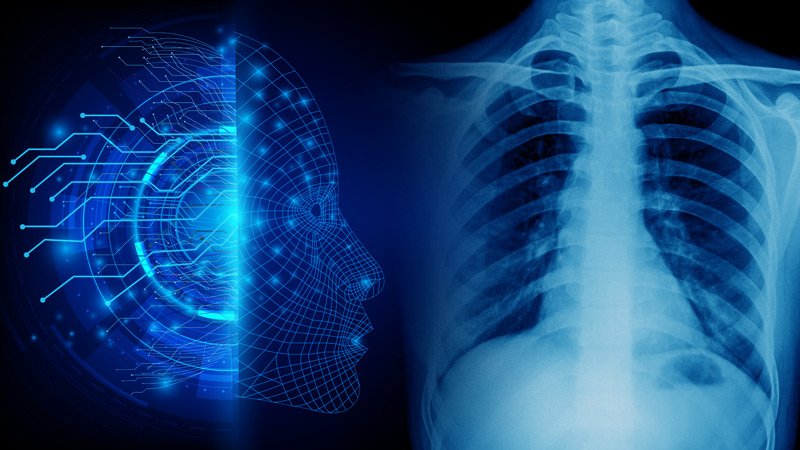GE Healthcare receives FDA approval for AI algorithm on X-Ray
September 16, 2019 | Monday | News
First Artificial Intelligence algorithms embedded on-device to prioritize critical Chest X-ray review
image credit- medscape.com
GE Healthcare has announced the Food and Drug Administration’s 510(k) clearance of Critical Care Suite, an industry-first collection of artificial intelligence (AI) algorithms embedded on a mobile X-ray device.
Built in collaboration with UC San Francisco (UCSF), using GE Healthcare’s Edison platform, the AI algorithms help to reduce the turn-around time it can take for radiologists to review a suspected pneumothorax, a type of collapsed lung.
A prioritized “STAT” X-ray can sit waiting for up to eight hours for a radiologist’s review. However, when a patient is scanned on a device with Critical Care Suite, the system automatically analyzes the images by simultaneously searching for a pneumothorax. If a pneumothorax is suspected, an alert – along with the original chest X-ray – is sent directly to the radiologist for review via picture archiving and communication systems (PACS).
The technologist also receives a subsequent on-device notification2 to give awareness of the prioritized cases. Quality-focused AI algorithms simultaneously analyze and flag protocol and field of view errors as well as auto rotate the images on-device. Critical Care Suite and the quality algorithms were developed using GE Healthcare’s Edison platform – which helps deploy AI algorithms quickly and securely – and deployed on the company’s Optima XR240amx system.
Additionally, embedding Critical Care Suite on-device offers several benefits to radiologists and technologists. For critical findings, GE Healthcare’s algorithms are a fast and reliable way to ensure AI results are generated within seconds of image acquisition, without any dependency on connectivity or transfer speeds to produce the AI results. These results are then sent to the radiologist at the same time that the device sends the original diagnostic image, ensuring no additional processing delay. Also, automatically running quality checks on-device integrates them into the technologist’s standard workflow and enables technologist actions – such as rejections or reprocessing – to occur at the patient’s bedside and before the images are sent to PACS.










